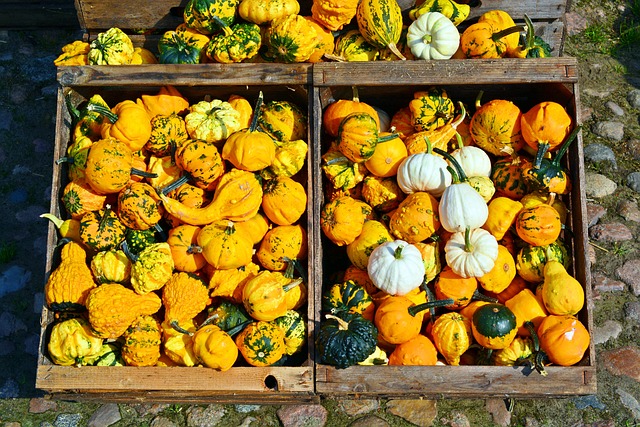Yard waste, including grass clippings, leaves, branches, and garden debris, is predominantly organic and, if not managed responsibly, contributes to greenhouse gas emissions. To mitigate environmental impact and promote sustainability, effective yard waste removal and recycling are essential. These practices prevent carbon dioxide and methane release, reduce landfill dependency, and produce compost that can replace chemical fertilizers, thus supporting a circular economy and local ecosystems. Homeowners are urged to use local services like curbside pickup or community composting facilities for disposal, which are instrumental in these efforts. Yard waste removal and recycling are pivotal in maintaining ecological balance and environmental stewardship, with the added benefit of enriching soil health. Municipalities offer specialized yard waste disposal services that convert organic material into mulch, biogas, or compost, and residents should adhere to specific guidelines and schedules for these programs. Engaging in composting at home, when feasible, and using yard waste as natural soil amendments are effective ways to contribute to sustainability. For those not participating in home composting, local waste management authorities can guide the utilization of available yard waste removal and recycling services within the community. These initiatives are vital for transforming yard waste into valuable resources and for preserving the environment.
Managing yard waste effectively is a cornerstone of maintaining a healthy and thriving garden, and understanding how to dispose of it properly is essential for environmental stewardship. This article demystifies residential yard waste disposal, guiding homeowners through the process with clarity and practicality. From grasping the composition of yard waste and its role in ecosystems to exploring efficient removal methods and recycling options, “Residential Yard Waste Disposal Made Simple” is your comprehensive guide to keeping your garden clean while preserving the environment. Dive into the world of Yard Waste Removal and Recycling for sustainable and productive garden maintenance.
- Understanding Yard Waste Composition and Importance
- Effective Yard Waste Removal Methods for Residents
- Yard Waste Recycling Options and Best Practices
Understanding Yard Waste Composition and Importance

Yard waste encompasses a variety of organic materials generated from gardening, landscaping, and general maintenance of residential properties. These materials include grass clippings, leaves, branches, woody debris, and garden waste. Comprehending the composition of yard waste is pivotal for effective removal and recycling practices. Organic matter decomposes over time, releasing carbon dioxide and methane, which are potent greenhouse gases. By engaging in responsible yard waste disposal through composting or specialized yard waste removal services, homeowners can mitigate environmental impact and contribute to soil health. Recycling yard waste not only aids in maintaining ecosystem balance but also provides beneficial compost for gardening, reducing the need for chemical fertilizers. Implementing residential yard waste removal and recycling programs is a key step in promoting sustainability and environmental stewardship within communities. These initiatives transform what was once considered waste into valuable resources, fostering a circular economy and supporting local ecosystems. Homeowners are encouraged to explore their local options for yard waste disposal, which often include curbside pickup services or community composting facilities, thereby ensuring that organic materials are repurposed rather than sent to landfills.
Effective Yard Waste Removal Methods for Residents

Efficient yard waste removal is a cornerstone of maintaining a healthy and well-kept residential environment. Residents can manage their yard waste through a combination of self-disposal and local collection services. Composting organic matter such as leaves, grass clippings, and garden trimmings not only recycles nutrients back into the soil but also reduces the volume of waste going to landfills. Implementing a compost bin or pile in a suitable location on your property is an environmentally friendly method that can significantly cut down on yard waste. For larger debris like branches and twigs, many municipalities offer specialized yard waste collection programs. These programs often involve scheduled pickups during certain periods of the year, where residents can set out their yard waste for communal recycling. It’s advisable to check with your local waste management authority for specific guidelines on what types of yard waste are acceptable and any requirements for packaging or bundling. Additionally, some regions provide drop-off centers where residents can bring yard waste, often free of charge, allowing for the safe and responsible disposal of these materials. Utilizing these resources effectively can help keep your residential space clean and contribute to sustainable waste management practices within the community.
Yard Waste Recycling Options and Best Practices

Homeowners with ample greenery understand the seasonal accumulation of yard waste, which includes grass clippings, leaves, branches, and garden debris. Effective yard waste removal and recycling are essential for maintaining a healthy landscape and protecting the environment. Municipal waste management systems often provide specific services for this type of organic material. Composting is one of the most sustainable practices, as it transforms yard waste into nutrient-rich soil amendments that can enhance garden soil and reduce the need for chemical fertilizers. To engage in composting, identify a suitable location on your property, away from water sources, and begin separating organic matter. Ensure that all yard waste is free of invasive species or disease-carrying pests before composting.
For those without the space or inclination to compost at home, many communities offer curbside pickup programs for yard waste. These programs are designed to collect organic materials and either compost them communally or convert them into mulch or biogas through industrial-scale recycling facilities. Participants can typically set out designated containers on designated collection days. It’s also advisable to shred large branches and bundle them to facilitate the pickup process. Additionally, using mulch and leaving grass clipppts on lawns can return valuable nutrients to the soil, reducing the need for yard waste removal while promoting a healthier lawn. Yard waste recycling options vary by region, so it’s important to consult local waste management authorities for specific guidelines and services available in your area.
Responsible yard waste disposal is crucial for maintaining environmental health and community aesthetics. Homeowners can streamline this process through understanding yard waste composition and importance, employing effective removal methods, and utilizing available recycling options. By following the best practices outlined in this article, residents can ensure their yard waste is disposed of responsibly, contributing to a greener and more sustainable environment. Effective yard waste removal and recycling not only facilitate the composting process but also help reduce landfill use, which benefits both nature and our communities.
